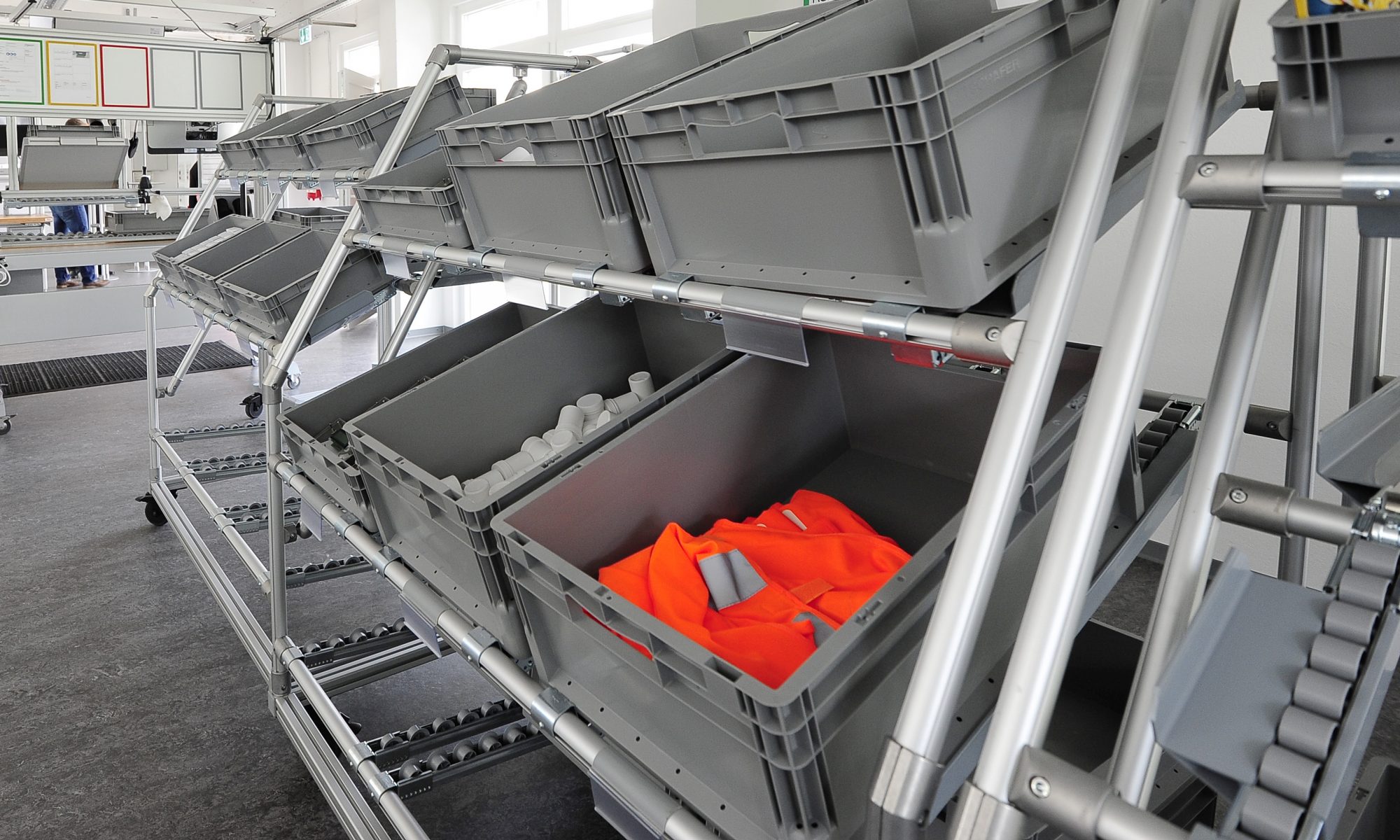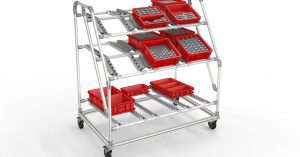The second part of our history of lean production looks at the new role of employees and the continuous improvement process (CIP).
The limits to industrial production
During the first and second phases of the industrial revolution, the success of a factory rested on the following approach: Dividing up work steps, optimising their execution and repeating them as fast and as frequently as necessary to boost production and drive down unit costs. That works well when the factory is producing the same product in the same way all the time.
However, after the Second World War, businesses in Japan chose to pursue a different strategy. Instead of relying on straightforward mass production, they focused on rapid product innovation. The fast pace of change required a new production strategy. Employees were included in planning to ensure that both the product and production methods would change in tandem. The concept of the continuous improvement process (CIP) was born.
Toyota – the company at the heart of Kaizen
Taiichi Ohno and Shigeo Shingo developed this new approach at Toyota in the 1950s. They moved process planning from the top of the hierarchy to the place where the work was actually being done. To reduce capital lockup, they integrated suppliers closely into in-house production planning, which operated on the pull principle – in other words the flow of materials was not determined by the speed of the production line but by sales volumes. Production adapted to demand and was optimised so that it could respond to changes flexibly. Ohno and Shingo also rolled out a continuous improvement system to ensure production methods could be refined on an ongoing basis instead of in stages.
The “Toyota Production System” (TPS) gave rise to lean production and Kaizen, which enable companies to respond faster to changes and therefore be more agile on the market.
Since the 1980s, the Toyota Production System has also been modified outside Japan. It took around 30 years for the benefits of lean production to become so compelling that companies across the entire world started to study and adopt the approach. Another 30 years later, principles such as continuous improvement and consistent quality management have become standard for cutting-edge production.
Kaizen and the continuous improvement process
The term Kaizen refers to the central element or fundamental attitude towards planning. Kaizen is made up of the Japanese words for “change” (Kai) and “for good” (Zen). Kaizen is a production philosophy that sees improvement as a never-ending process because it is not possible to be satisfied with the status quo. No area is unimportant or impossible to improve – you just need to look closely enough. The concept of Kaizen developed at Toyota was adopted as a standard production practice under the title of “continuous improvement process”.
Building kit systems support CIP
CIP is a component of quality management to ISO 9001. In order to make continuous improvements in small steps, companies have to combine expertise with responsibility. Employees must have the tools and authorisation they need so that they can implement small improvements independently. If every small change has to be approved, the workflow goes against the principle of personal responsibility and would drive up planning costs.
Lean production building kits are system solutions that make it easy for users to build shelving units, racks, transport trolleys and other factory equipment. Ideally, a CIP workshop will be incorporated into a company’s production system so that teams of workers can use it as and when they see fit.





